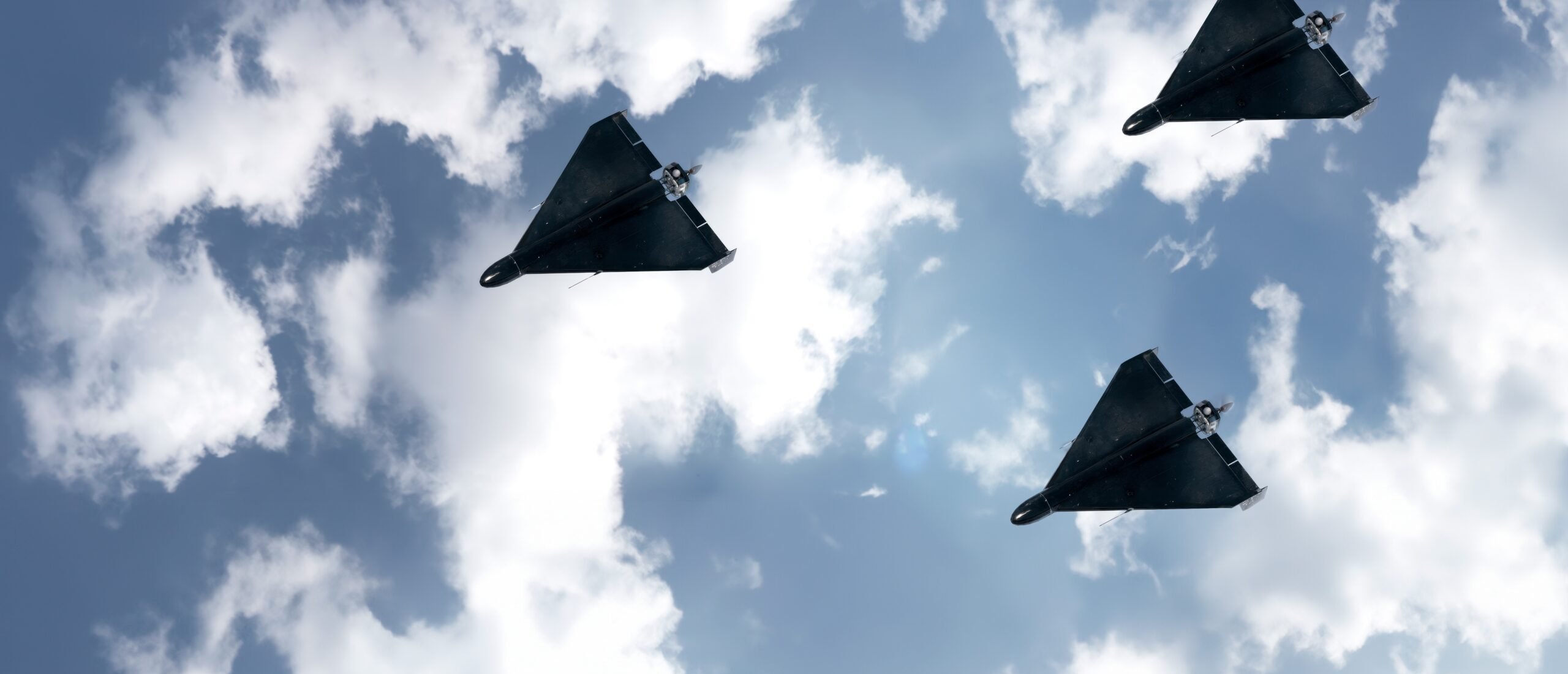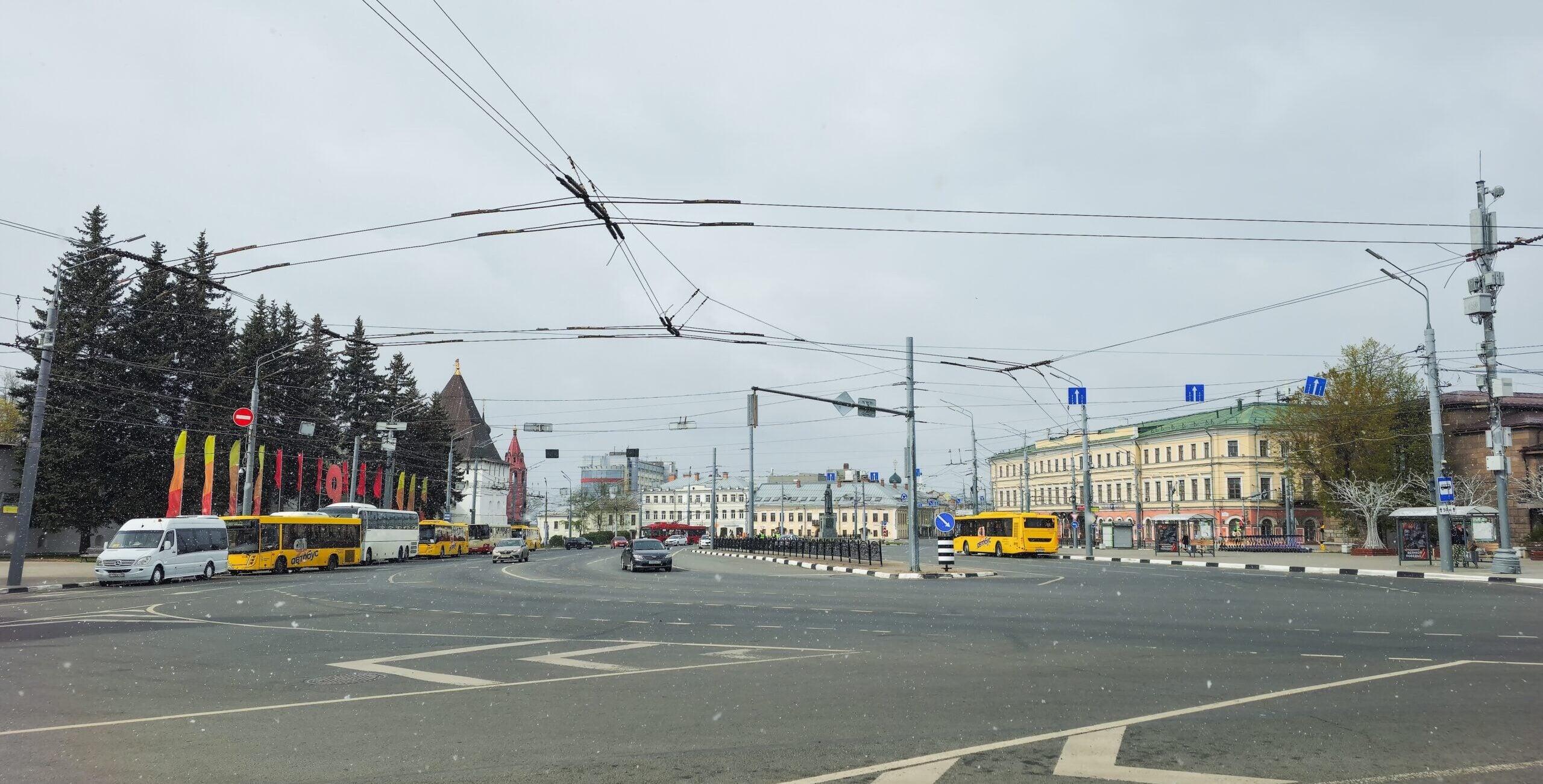
What would be an extraordinary event a year ago — a 30-drone night assault — is quickly becoming the norm in Ukraine, The Economist magazine reported, following what may be the largest drone attack since the start of Russia’s full-scale invasion.
According to the London-based publication, Russia launched 298 drones in a single night on May 25, marking a dramatic escalation in its terror bombing campaign against Ukrainian cities and their civilian population.
Ukrainian air defenses have so far managed to intercept the majority of incoming threats, but with the scale of attacks increasing, experts warn that the system is being stretched to its limits.
“The main challenge facing Ukraine’s air-defense crews is the sheer number now flying at them,” the magazine wrote, citing Ukrainian military intelligence.
The dispatch noted that while Russia produced approximately 300 Shahed drones per month in 2023, that same output now takes less than three days. Intelligence documents reportedly show plans to ramp up production to 500 drones per day, potentially paving the way for future attacks involving 1,000 drones or more.
If ongoing ceasefire talks collapse — a scenario analysts say is likely — Ukraine may be forced to ration interceptor missiles. That could allow more Russian drones and missiles to breach defenses and strike cities, towns, and critical infrastructure, the report said.
While Kyiv’s air defense system is still intercepting around 95 percent of incoming drones, the remaining 5 percent continue to inflict serious damage. The publication also warned that only a handful of nations possess the resources to withstand such high-intensity aerial bombardments.
The Ukrainian World Congress vehemently condemns the latest wave of attacks launched by the Russian Federation against Ukraine and its civilian population.
Cover: Shutterstock










